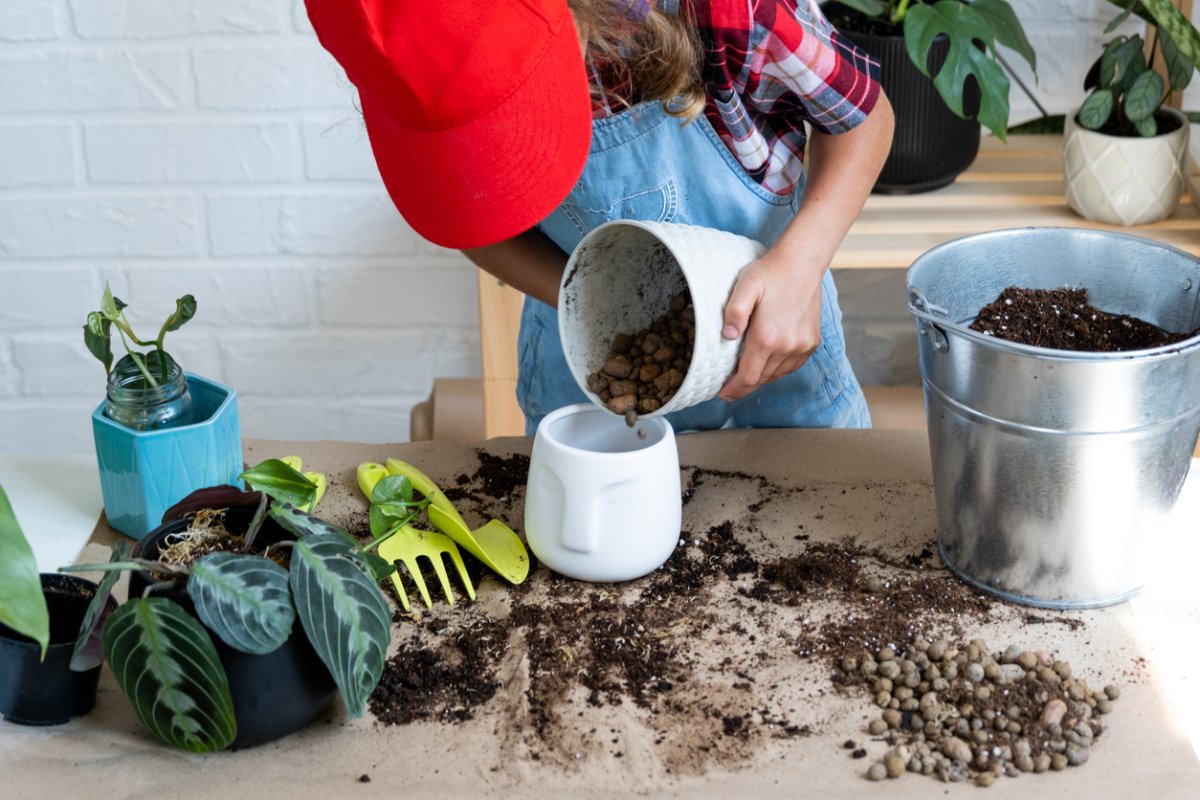

We may earn revenue from the products available on this page and participate in affiliate programs. Learn More ›
Caring for houseplants can require some work, which turns off some people even if they crave the beauty and endless benefits of greenery in their home. Plenty of concerns come with plant care, such as underwatering or overwatering, what type of soil to use, and when to repot a plant.
Most houseplants need well-draining soil to grow and flourish. If water does not drain out through the bottom of the pot properly, the plant’s roots can rot and eventually the plant will die. For those who are looking for easy-care options, the idea of plants that don’t need drain holes in their growing containers might be appealing.
Some experts say there are plants that manage to grow in a pot without drainage for a variety of reasons, such as being able to tolerate soggy soil for long periods of time or being able to grow directly in water in a watertight container. If you’re growing these plants in soil without a drainage hole, be sure to give them rocks at the bottom of their pot to distribute the excess water away from roots to keep them their healthiest.
RELATED: 10 Plants You Can Grow Without Soil
1. Spider Plant (Chlorophytum comosum)
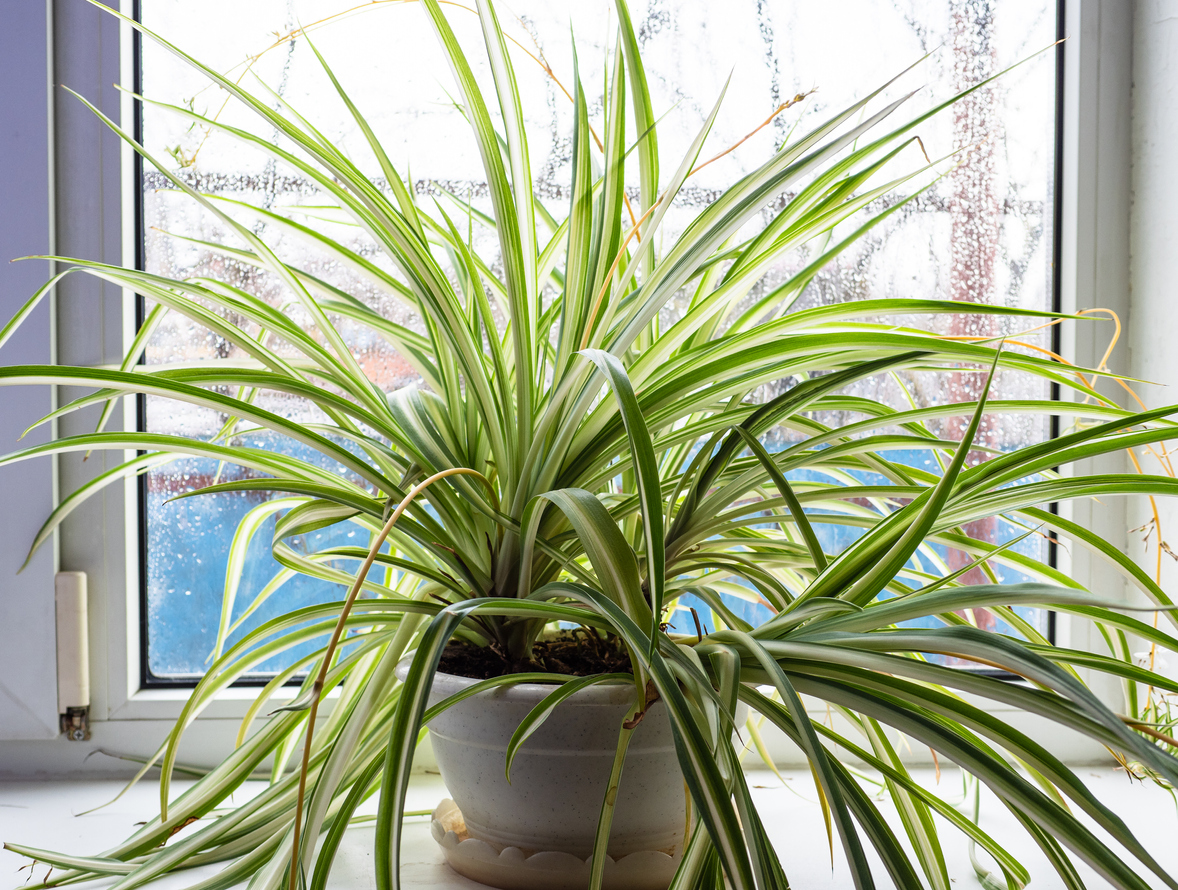
Spider plants are one of the best examples of a plant that doesn’t need drainage, as they easily adapt to growing in water. Because they originate from tropical areas of Africa where they were exposed to large amounts of water and indirect sunlight, they can easily recover from water damage.
Spider plants are known for their rapid growth and long, light green and white fronds. These plants thrive in warm, humid environments with bright, indirect sunlight and need to be watered once a week or when soil dries slightly. If growing in water only, it is recommended to change the water every 3 to 5 days and add fertilizer to the water once a month. If the frond tips begin to brown on plants in tap water, switch to distilled water or rainwater.
So while you don’t need a pot with drainage if you’re growing your spider plant in water, it will need drainage if you’re growing it in soil.
2. Spanish Moss (Tillandsia usneoides)
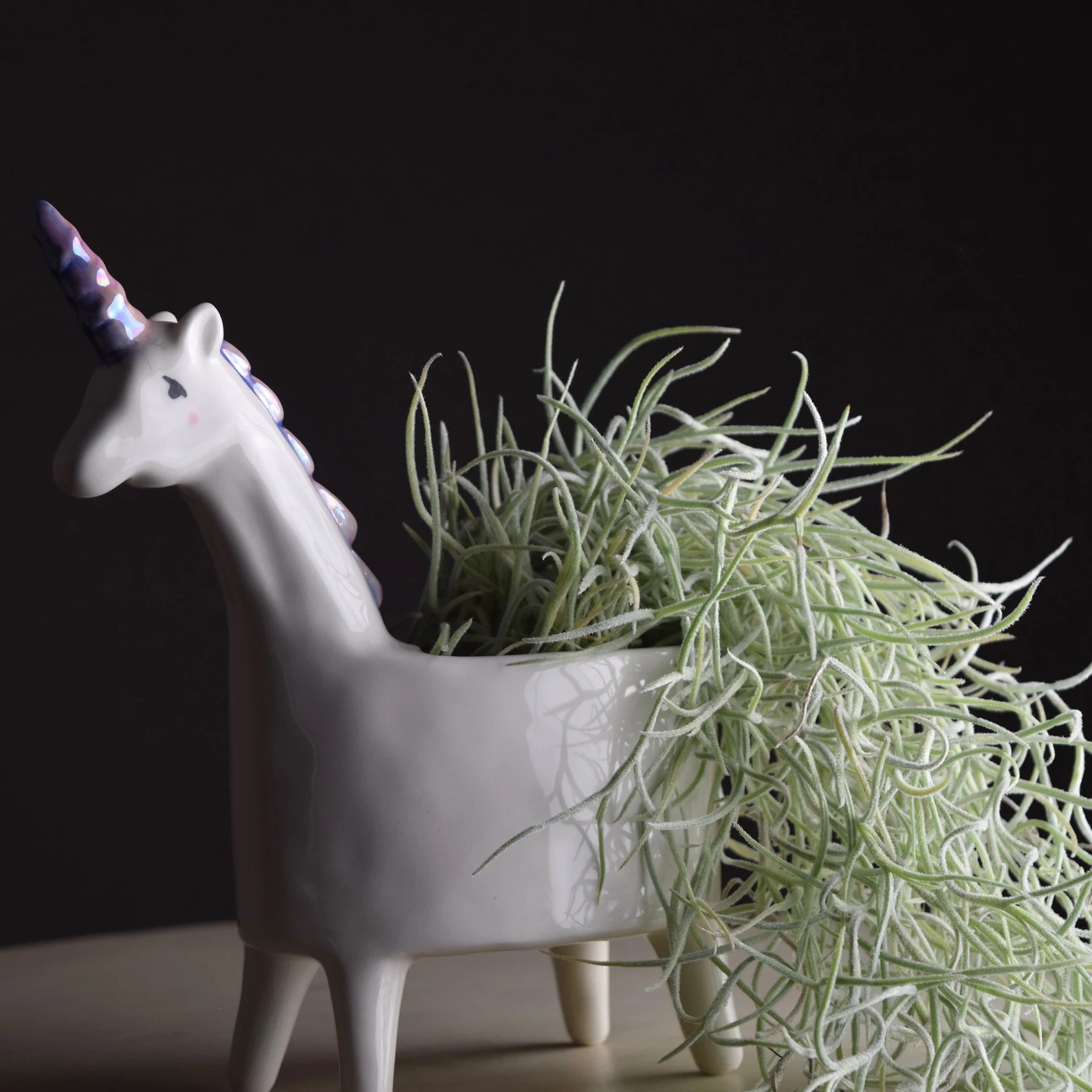
You’ll usually find Spanish moss growing from trees in areas of high humidity. Since it absorbs water and nutrients from the atmosphere, it doesn’t require soil, which means no drainage holes necessary. In fact, you can attach Spanish moss to a piece of bark and grow in a warm area or a greenhouse. Simply mist the gray-green tendrils at least twice a week and fertilize it with high-phosphorus liquid fertilizer every two weeks. If you gather your Spanish moss in the wild, microwave it to get rid of any tiny insects before cultivating it at home. You can also purchase it at garden centers.
RELATED: 10 Low-Maintenance Houseplants to Keep Indoor Air Fresh
3. Chinese Evergreen (Aglaonema spp.)
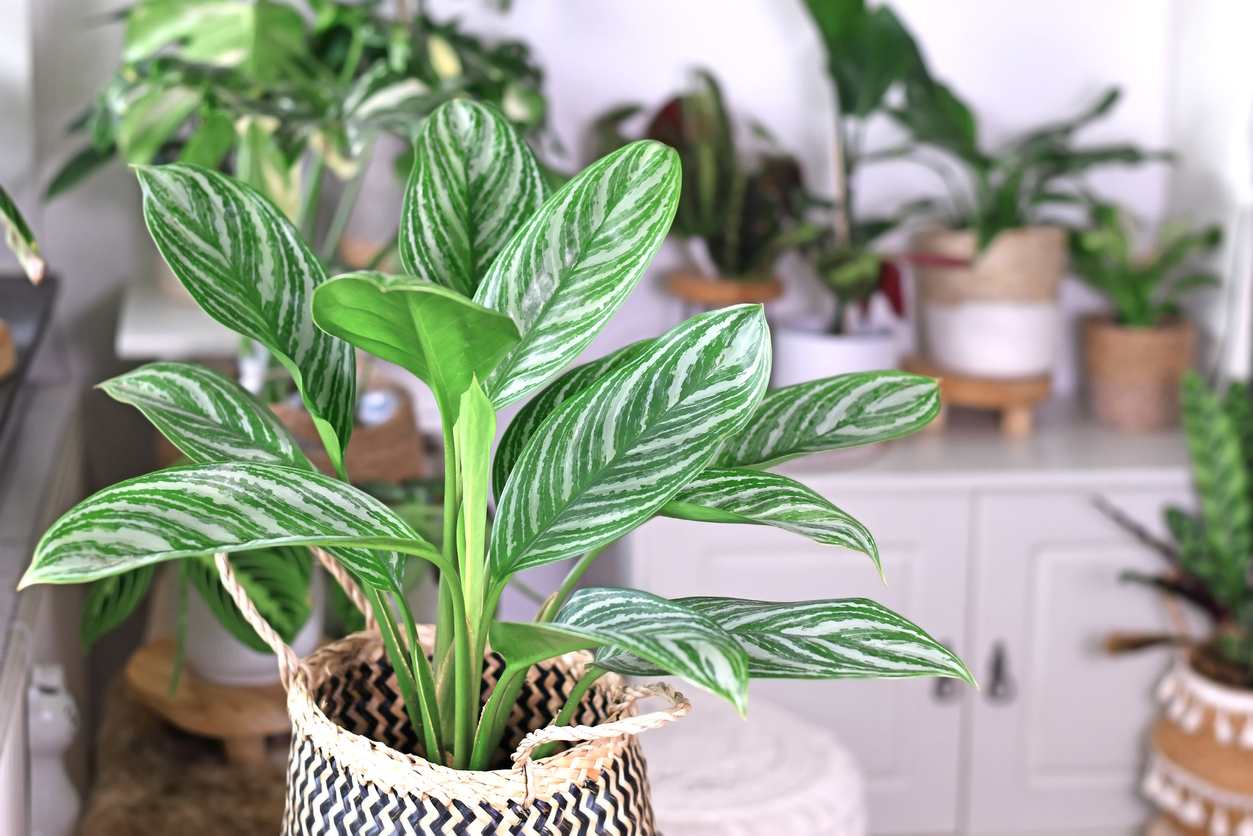
Native to Asia, this hardy perennial tropical plant has floppy green leaves that come in a variety of shades. It thrives in both water and wet or moist soil, which means it can grow in pots without drainage holes. Since these plants bounce back easily if not watered consistently and only need minimal light, they are low maintenance and great for beginners.
Just keep in mind that Chinese evergreens are toxic to pets, and their leaves will burn if they are exposed to bright direct sunlight. It is recommended to change the water about every three days if growing the plant in water only and if growing in soil to water once a week or when the soil becomes dry.
4. Lemon Button Fern (Nephrolepis cordifolia ‘Duffii’)
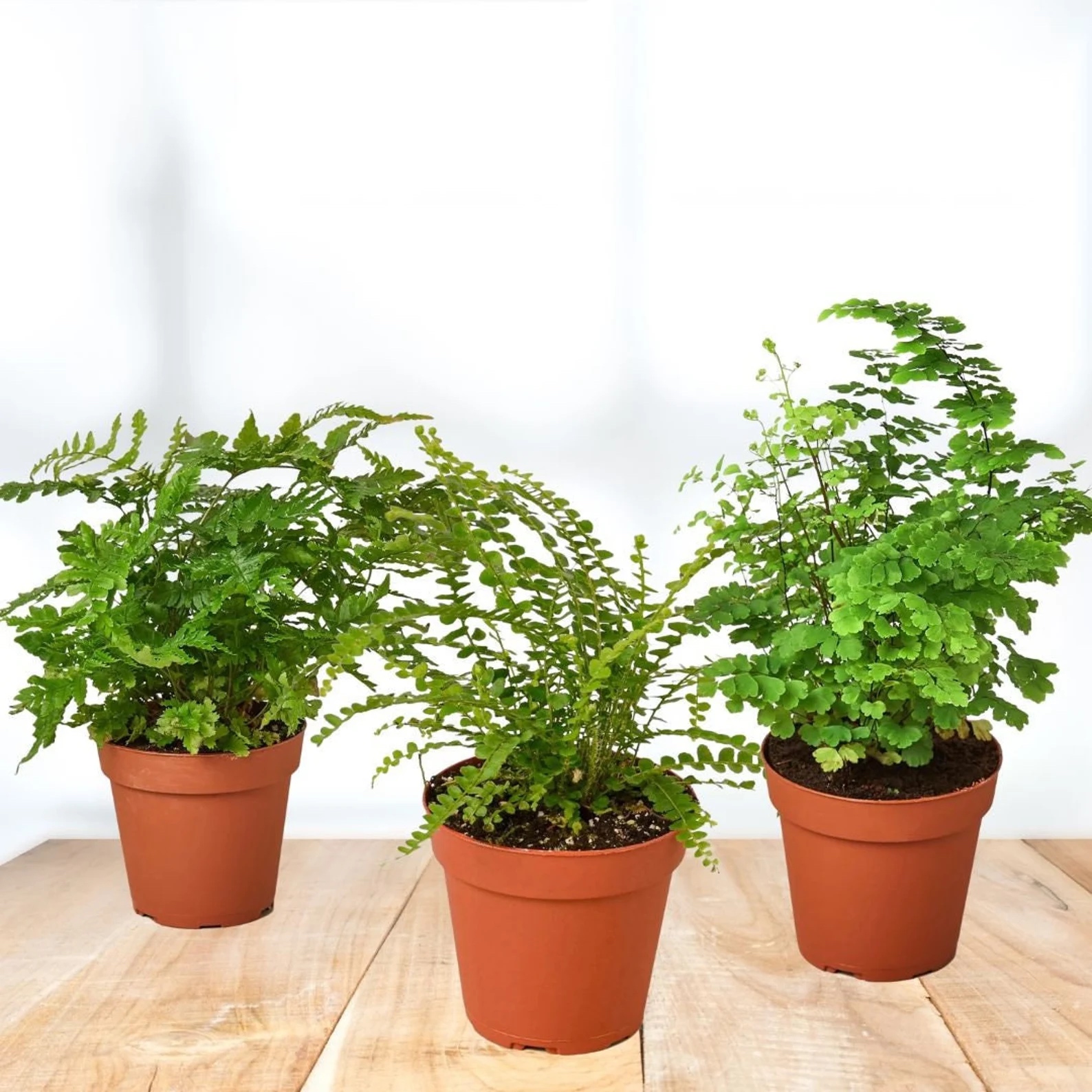
Not to be confused with its cousin, the Button Fern, the Lemon Button Fern is hardy enough to thrive in a pot without drainage holes. Do include rocks or pebbles at the bottom of the pot to keep the plant’s roots from standing in water and avoid overwatering. The Lemon Button Fern likes humid areas, so they make perfect additions to terrariums for display and even reptile tanks where they offer live decor for your scaly friend. If growing in a pot, water once a week and mist most days.
5. Lucky Bamboo (Dracaena sanderiana)
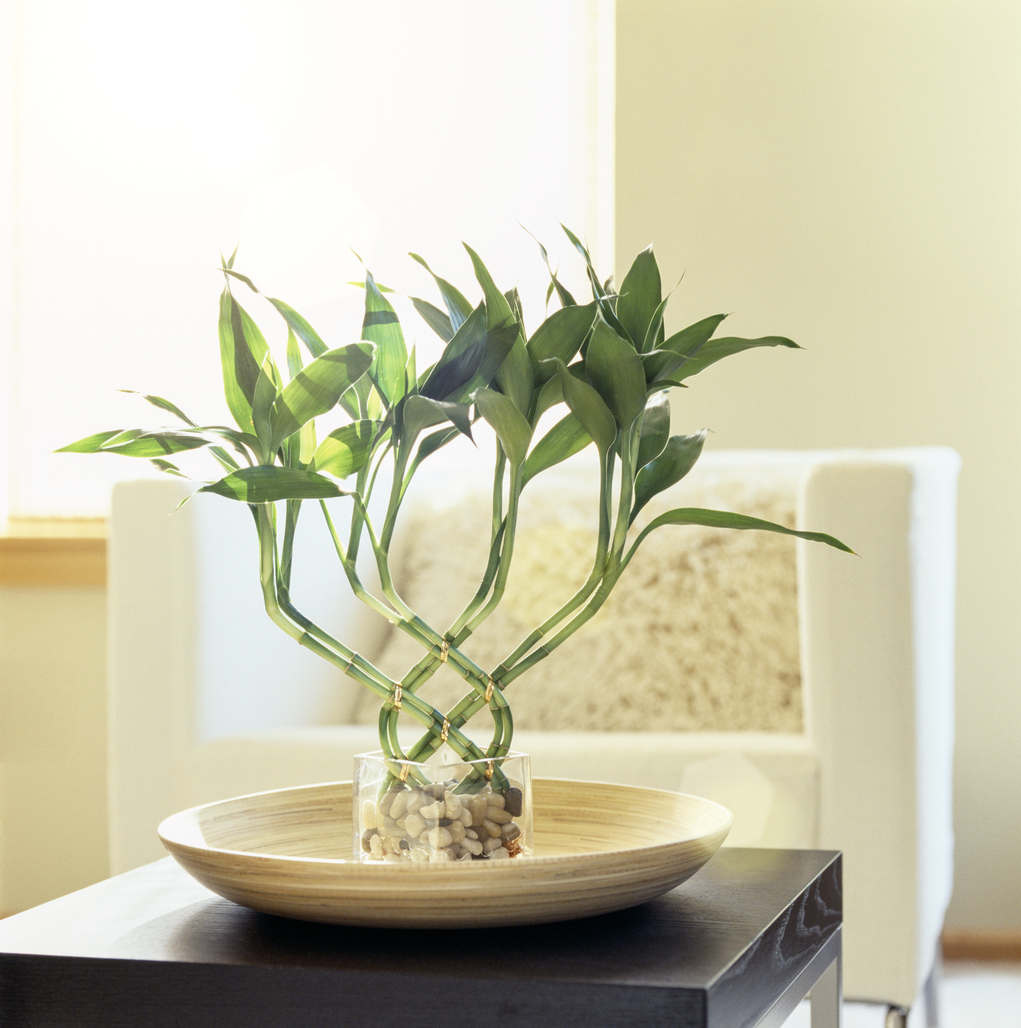
This popular houseplant is loved for its ease of care, sleek appearance, and feng shui benefits. While it resembles a mini bamboo plant, it’s not actually related to bamboo at all and contains a softer, fleshier stem than the woody bamboo. This plant is often sold growing in water in a small vessel. It also can grow in a vase with pebbles at the bottom to keep the stalks in an upright position. It can tolerate a variety of light conditions, making it an easy-care plant.
RELATED: Count On These 25 Indoor Plants for Easy Color Year-Round
6. Prayer Plant
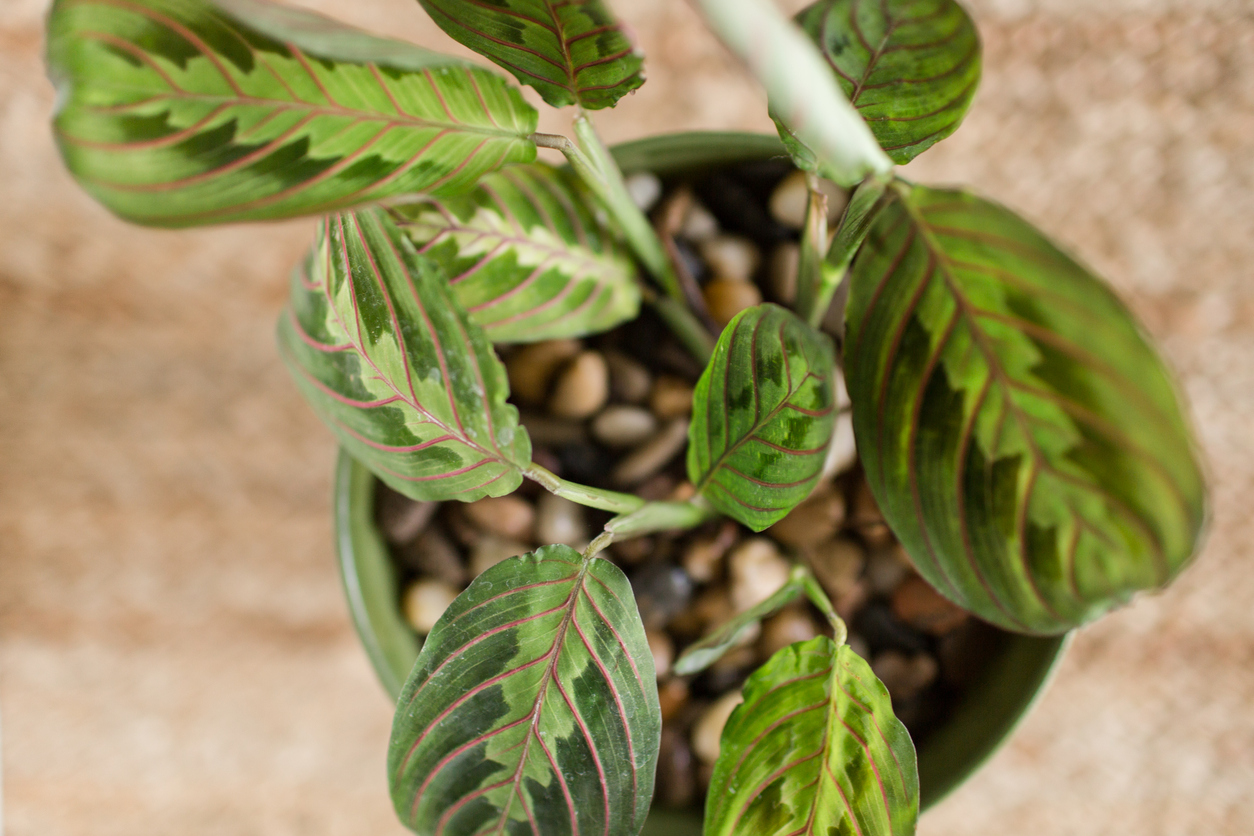
Available in many varieties featuring attractive leaf patterns in shades of green, red, and maroon, these ornamental houseplants are from the rainforests of Brazil. They get their name because during the day the leaves lie flat but at night they rise and fold inward to look like praying hands. You can grow a prayer plant in water for a few months, or you can grow it in a pot without drainage holes, as long as you don’t overwater it.
Prayer plants like consistently moist soil but are susceptible to root rot. So if you want a low-maintenance routine, give your prayer plant drainage holes. But if you’re willing to check on it frequently and measure its water usage, use a pot without holes and keep the soil at a consistent moisture level. Place the plant in a brightly lit area away from direct sunlight to avoid bleaching of the leaves.
